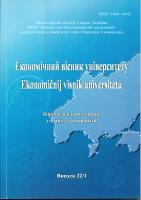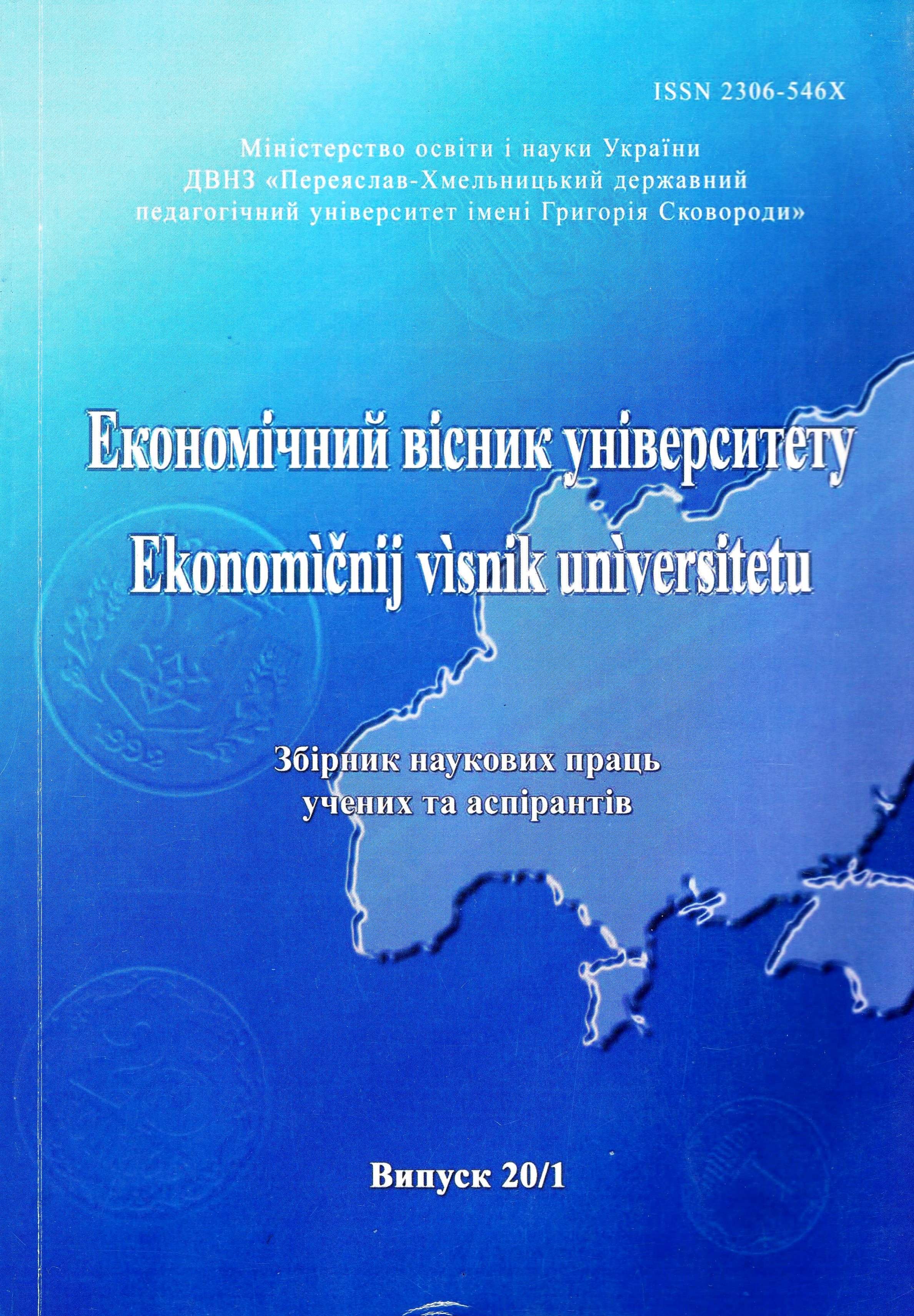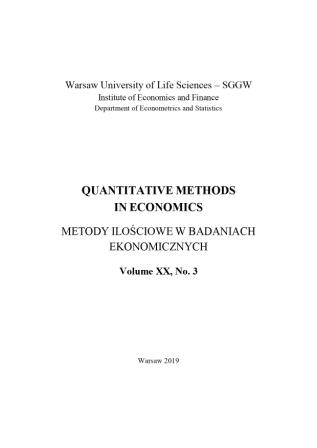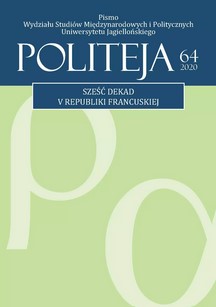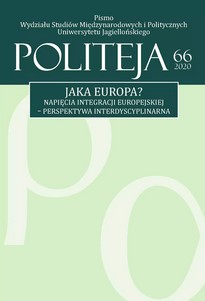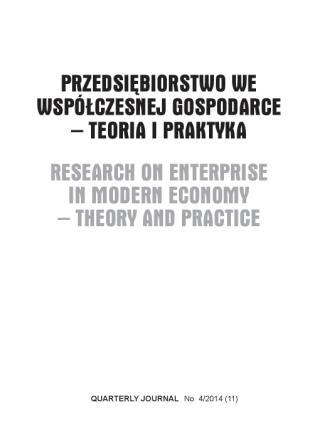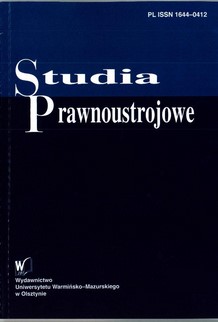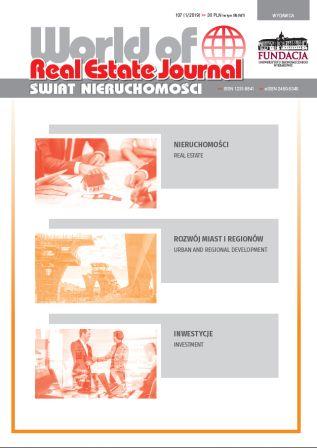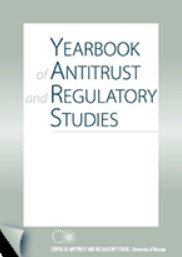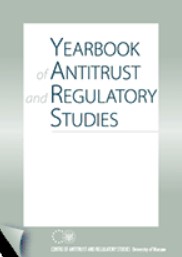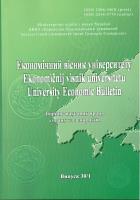
Why invest in China: practical aspects of the chinese economy attractiveness and momentous bottlenecks
This article aims at studying the practical aspects of the attractiveness of China’s economy. Considerable attention is paid to inward foreign investments and factors determining the investment potential and competitiveness of the economy of the People’s Republic of China. These factors are referred to as the environment. They are the following: a) macroeconomic stability; b) quality of life and infrastructure development; c) financial, businesses, and manpower conditions, and d) government and institutional setting. The subject of the article is the economy of China including the trends in the inward flows of foreign direct investment, four sectors shaping the ability to inclusive and substantial economic development over long periods of time, and opportunities and challenges of injecting funds into the People’s Republic of China. The aim of the article is defined as the study of the sources of success and failure when investing in the economy of China and. To achieve the objective of the article, theoretical methods of scientific research, in particular analysis and synthesis, are used. The article aims at solving such research questions as: conducting the analysis of the trends in inward foreign direct investment, investigating the process of building up the current mighty investment positions by comparing China to the most attractive recipients of foreign capital in the world as well as contextualizing the dynamics of investments represented by the comparison to most attractive recipients in the Asian region, and identifying the risks and opportunities of injecting capital into the Chinese economy. The article analyzes the development of the investment potential of China and studies the change of its positions in the global and regional economies. In particular, it was found that the investment attractiveness can be represented by several techniques such as comparing the PRC to the most attractive recipients, the rest of the globe, and Asian countries, tracing the dynamics of the share of foreign direct investment stock in the volume of the gross domestic product, and the share of investment in the Chinese economy in the total volume of investments in the Asian region. While injecting funds into the PRC, there is a range of opportunities, which should be kept in mind. For example, investment projects focusing on the green production, clean water and air, further innovation of the domestic manufacturing industry, and environmentally friendly and innovative construction of housing commodities are most likely to be welcomed by the government and lead to success. As for the market bottlenecks limiting investors, they are excessive bureaucratization and corruption of the system, unclear and inconsistent legislation, and specific combination of the market and planned economy, which requires the unbiased perception of economic development of China. The results of the research can be applied in both the theoretical and practical sections because they add to the better apprehension of China’s investment attractiveness and can be deployed as a guide for injecting funds into the Chinese economy.
More...
